There is an abundant and unfortunate market based on trying to attract other people. “Pickup artists” have playbooks and podcasts and supplements.


Is Love in the Air? The science of pheromones
February 14, 2025
There is an abundant and unfortunate market based on trying to attract other people. “Pickup artists” have playbooks and podcasts and supplements. A popular product you might see advertised in these circles are pheromone-based colognes or perfumes ![]() . A pheromone
. A pheromone ![]() is a chemical that is externalized by one organism and processed by another member of the same species to evoke a response. But colloquially, pheromones are almost thought of as love potions. Do these advertisers have a point? Moths have been shown to use pheromones to track and reach potential mates almost 30 miles away
is a chemical that is externalized by one organism and processed by another member of the same species to evoke a response. But colloquially, pheromones are almost thought of as love potions. Do these advertisers have a point? Moths have been shown to use pheromones to track and reach potential mates almost 30 miles away ![]() . Here is the thing, though: humans are not moths. As a matter of fact, there is actually no proof that humans even have pheromones.
. Here is the thing, though: humans are not moths. As a matter of fact, there is actually no proof that humans even have pheromones.
This might come as a huge surprise, but pheromones are much more common in insects than mammals, and evidence of pheromones in humans is controversial at best. Also important to note in the species that assuredly do have them, pheromones have varied functions that go beyond sexual attraction. For instance, queen bees use pheromones ![]() to convey roles to the worker bees in the colony.
to convey roles to the worker bees in the colony.
Some have alleged that pheromones are detected via the vomeronasal organ (VNO) in mammals. However, it is widely thought ![]() that humans do not possess a functional VNO. Meaning, we likely don’t have the necessary component to detect and respond to pheromones even if they were present. Moreover, no compound has been identified
that humans do not possess a functional VNO. Meaning, we likely don’t have the necessary component to detect and respond to pheromones even if they were present. Moreover, no compound has been identified ![]() as a human pheromone to date—not a single one.
as a human pheromone to date—not a single one.
So where do these notions of human pheromones leading to sexual conquest originate from? There are some studies about olfactory cues (smells) that could be seen as having pheromone-like properties in the ways they elicit behavior. In one oft-quoted study ![]() , for example, women were shown to be attracted to particular men based on the smell of a T-shirt they wore (un-deodorized) for two nights. However, there are an important couple of caveats here. First, olfactory cues are not necessarily the same thing as pheromones. Second, these studies have largely consisted of subtle effects in small groups
, for example, women were shown to be attracted to particular men based on the smell of a T-shirt they wore (un-deodorized) for two nights. However, there are an important couple of caveats here. First, olfactory cues are not necessarily the same thing as pheromones. Second, these studies have largely consisted of subtle effects in small groups ![]() and the replication of these results (repeated similar outcomes from the subsequent experiments) can be hard to come by.
and the replication of these results (repeated similar outcomes from the subsequent experiments) can be hard to come by.
Now you might be asking, do humans have pheromone-like functionalities or not? Well, the full answer is we do not know. The evidence is really controversial, and no compound has been identified solidly as a human pheromone. Thus, don’t feel compelled to buy those “pheromone-based” colognes and perfumes, and rest assured, this Valentine’s Day, you may wear deodorant and still find a mate.
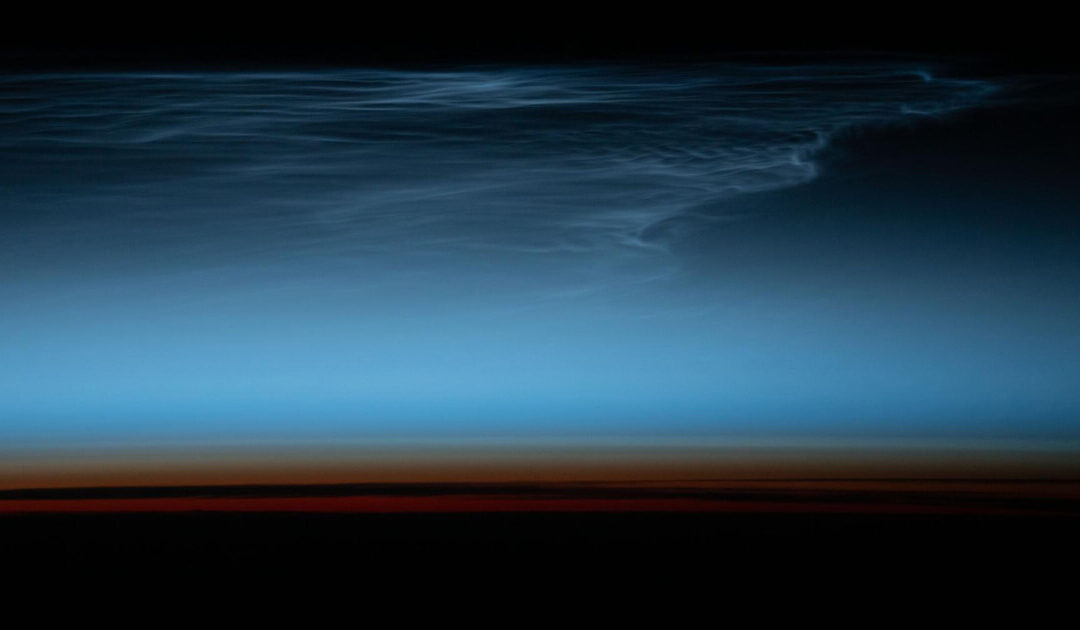
Stargazing: Noctilucent Clouds
Summer is the season to spot rare and luminescent Noctilucent Clouds. From May to early August, these ethereal clouds show their best displays thirty minutes after sunset or before sunrise. Home > Blog [acf...
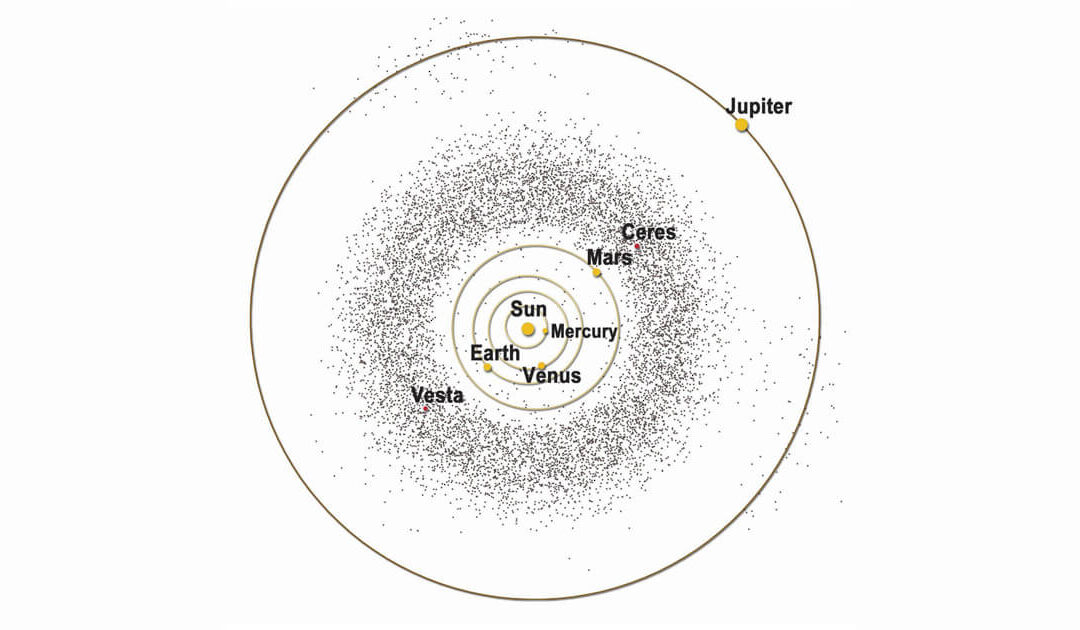
Stargazing: June 30 Asteroid Day – date of Siberian Tunguska Event; largest asteroid impact in recorded history
Pre-dawn hours of June 27 will bring peak opportunities to view June’s Bootid meteor shower. A thin crescent moon will enhance the chances of seeing meteors flash across the sky. Home > Blog ...

Stargazing: Solstice June 20– also, Moon-Saturn-Neptune close approach 5:45 a.m. June 18
Welcome summer! On Friday June 20 at 10:42 p.m. EDT, the sun will reach its northern-most point in the sky. Home > Blog Welcome...

Science Centered Profile: Joel Le Forestier, Ph.D.
Dr. Joel Le Forestier founded the Identity and Intergroup Relations Lab at the University of Pittsburgh in 2025 to study the effects of identity concealment. His research explores how hiding one’s identity can negatively impact health and social connection. His work...
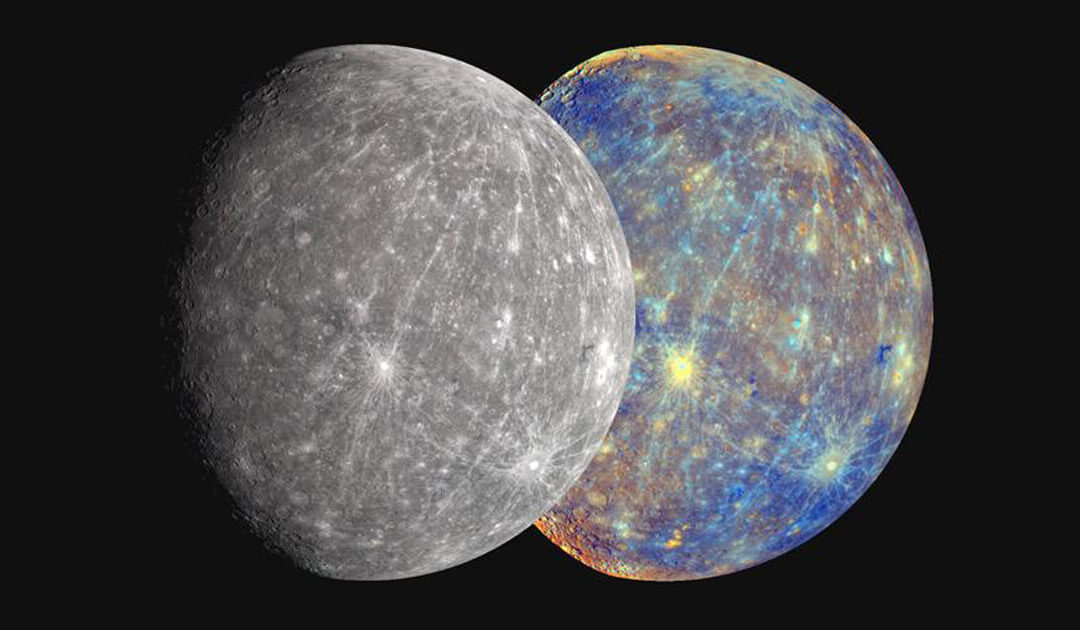
Stargazing: Mercury spotting from June 12-29
Mercury watchers will have several chances to view this elusive planet over the next two weeks. Since Mercury is the closest planet to the Sun, there is a small window in which it is visible. Home > Blog [acf...

Anxiety is My Co-Pilot
Headlines have been filled with news of plane accidents and air traffic issues, reigniting anxiety about flying. Home > Blog June 5, 2025 by Robin Oliverio, Ph.D. Is it getting...
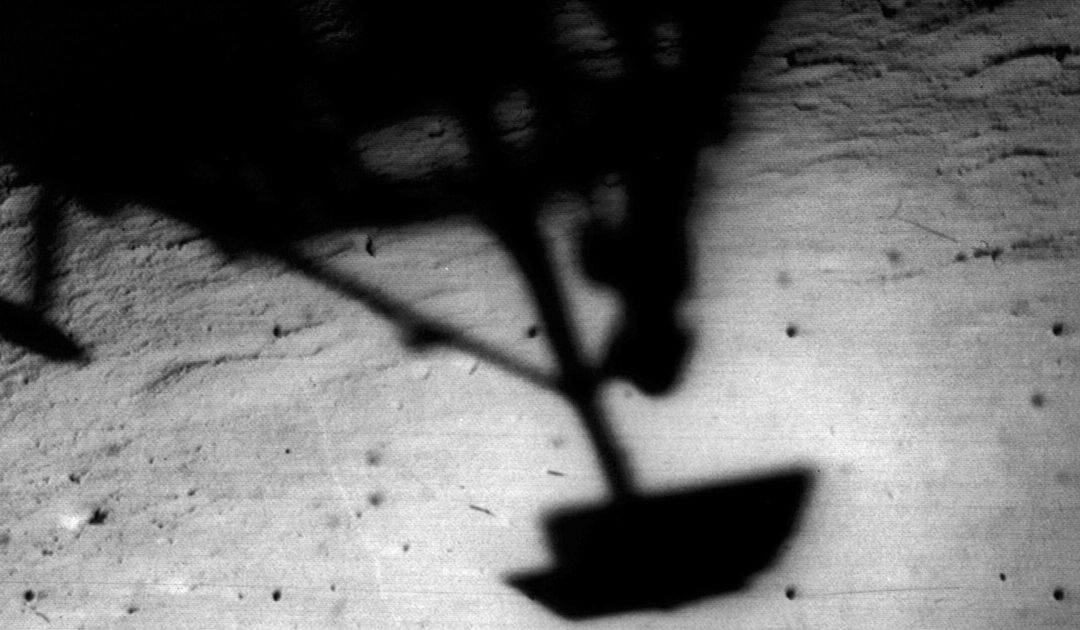
Stargazing: Surveyor 1 June 2 Moon landing 1966
On June 2, 1966, Surveyor 1 softly landed on the lunar surface, and NASA celebrated a significant success in the Space Race. Home > Blog ...

Stargazing: Ed White 1st American to walk in space/ISS’s first all-woman spacewalk
Sixty years ago, an American astronaut walked in space for the first time. At 3:45 pm on June 3, 1965, Ed White opened the hatch of the Gemini 4 mission and propelled himself into space. Home > Blog [acf...
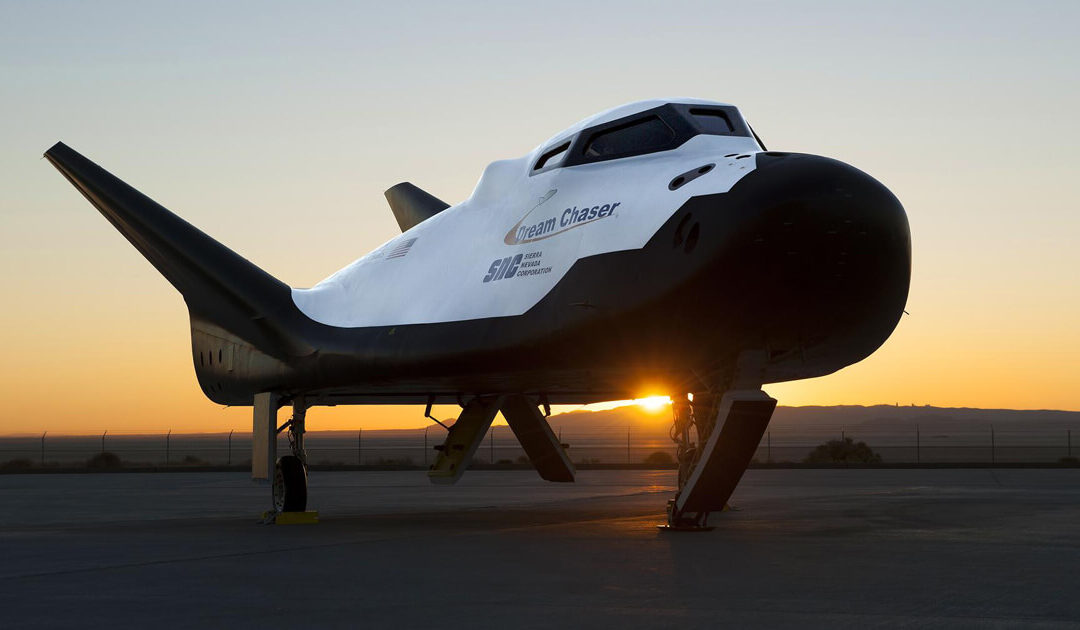
Stargazing: ULA Vulcan Centaur: Sierra Space Dream Chaser
A spaceflight first is poised to take place in May. Sierra Space Corporation, the private Colorado-based company, has been developing a reusable “spaceplane.” Home > Blog [sv...
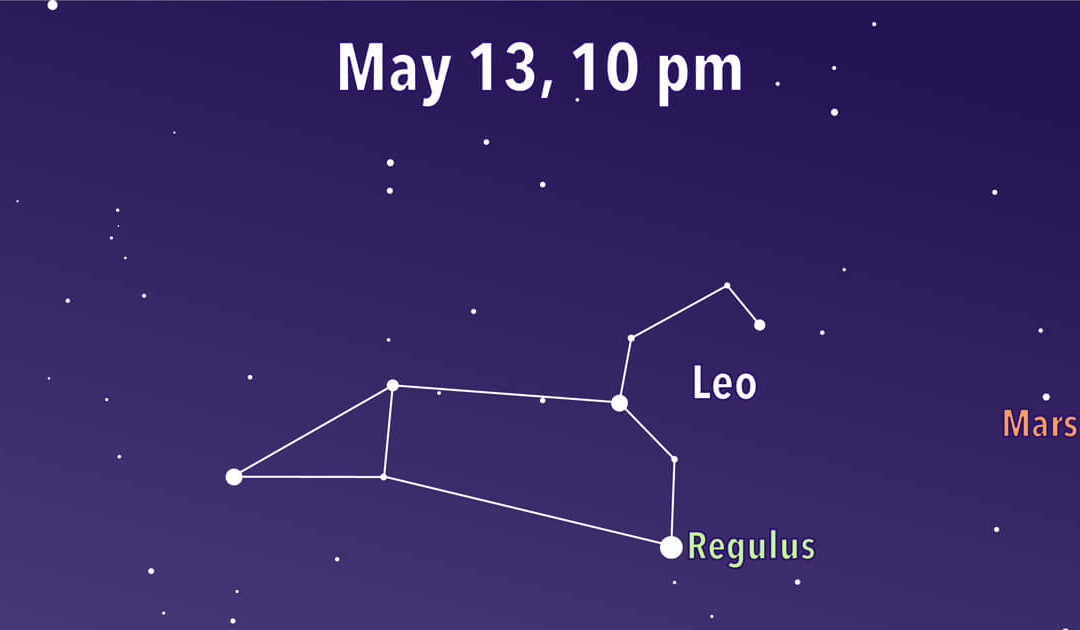
Stargazing: Leo the Lion still regal in the sky
Leo the Lion, the twelfth largest constellation, still regally rules the springtime heavens. It is easy to spot the distinctive backward question mark shape that creates the mane of Leo. A triangle of stars forms the hindquarters. Home > Blog [acf...


